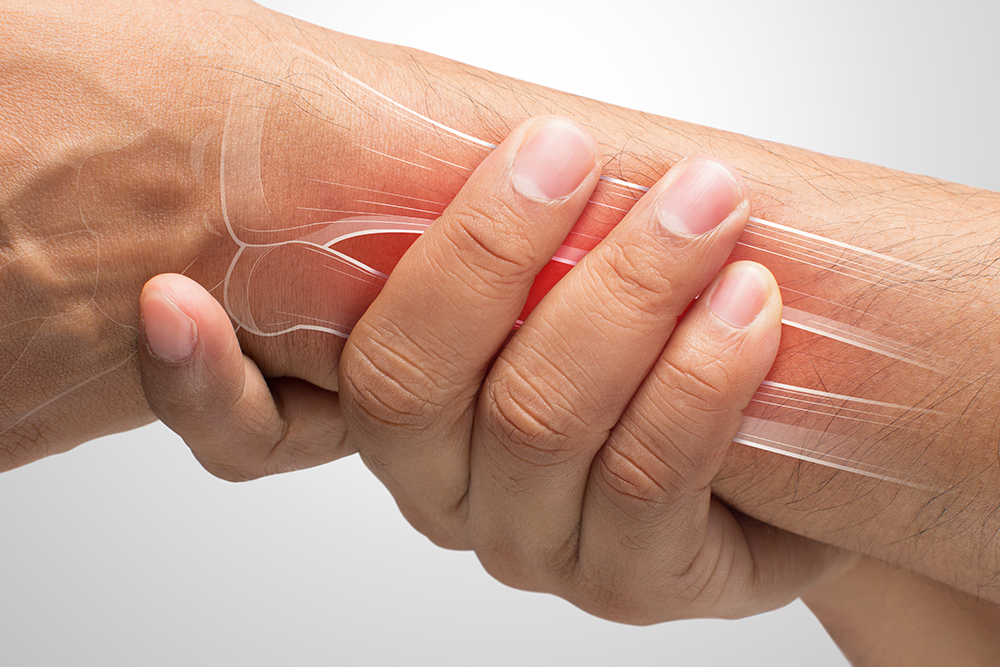Osteoporosis affects more than 50 million Americans and found in all races and gender. Osteoporosis is not part of the normal aging process and may not necessarily be just age-related. Unfortunately, osteoporosis can lead to debilitating broken bones, however, by adhering to a consistent bone healthy diet and exercise regimen we can reduce our risk for these broken bones.
Peak bone mass is reached at around the late 20s to early 30s. Once this peak bone mass is reached our bone mass gradually declines over time until we die. Bone loss is naturally accelerated after menopause due to decreased estrogen levels in women. Men do not experience this so are less likely to develop osteoporosis than women.
It is important to have adolescents and young adults achieve the highest peak bone mass they can achieve through a bone healthy diet to reduce their risk of developing osteoporosis in the future. In patients who are already past peak bone mass, the goal is to slow the decline in bone mass as much as possible with a healthy bone diet and appropriate exercise regimen.
Calcium and Vitamin D are nutrients important for good bone health. It is recommended to have 1000-1200mg of Calcium daily through diet and/or supplement. Leafy green vegetables such as kale, broccoli, bok choy, collard greens and others all have high levels of calcium. Dairy is also an excellent source of calcium. Vitamin D is crucial to absorbing Calcium and blood levels can be monitored by your physician. Typically, 800-1000 Units of Vitamin D is recommended through diet and/or supplementation.
Avoidance or limiting alcohol intake as well as refraining from smoking are both key in maintaining good bone health. These can be directly tied to increased risk for developing osteoporosis.
Weight bearing exercise also plays a role in improving bone health and general stability which can help prevent fractures. Examples of high impact weight bearing exercise includes hiking, jogging, jumping rope. Examples of lower impact weight bearing exercise include walking, elliptical, and stair step machines.
By following a targeted diet and exercise regimen, you can best increase your chances of living a life free of debilitating fractures.
Reference: National Osteoporosis Foundation



